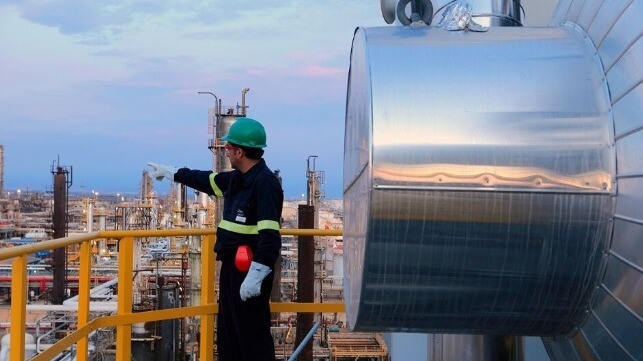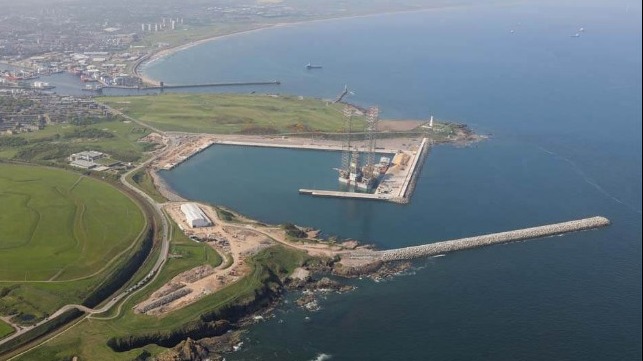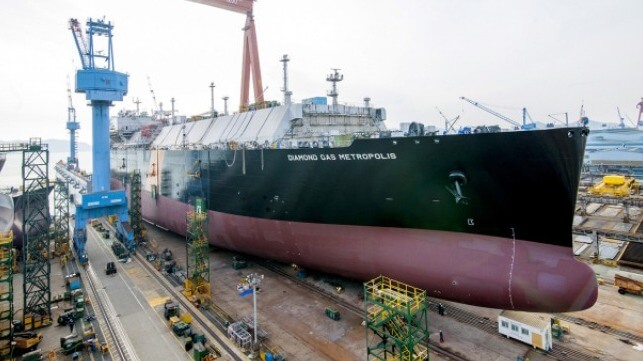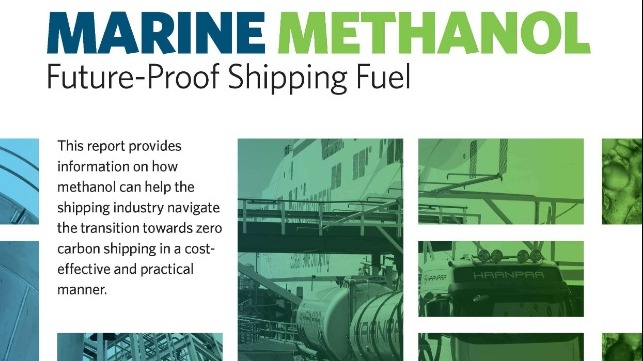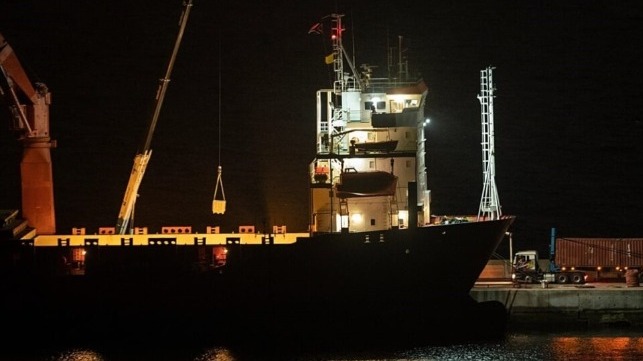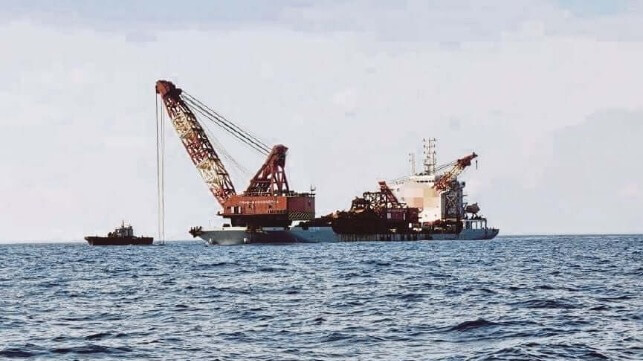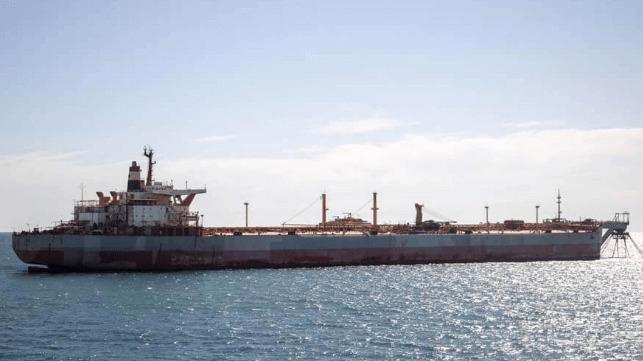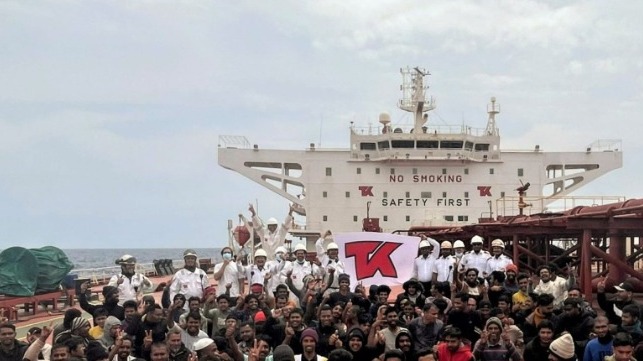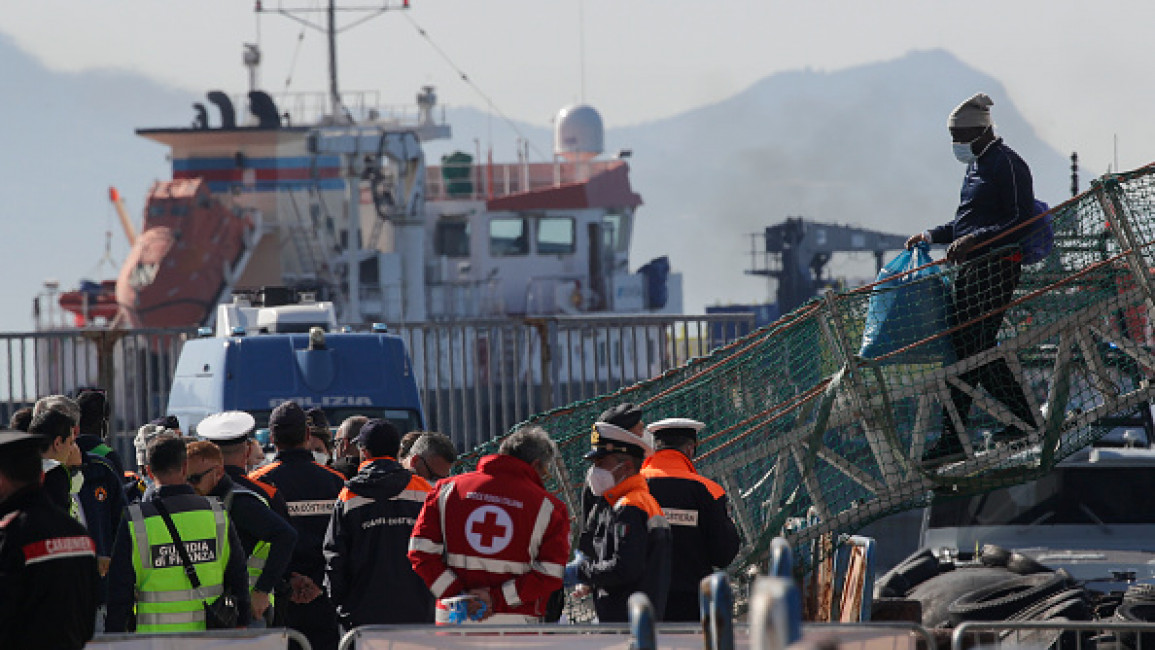Cecilia Jamasmie | June 1, 2023 |

Solar photovoltaic plants are growing while higher electricity prices are driving growth in small-scale rooftop system. (Stock image)
Renewable power capacity will grow by a record number this year as as stronger government policies around fossil fuels and energy security concerns drive more clean energy deployment, the International Energy Agency said Thursday.

Global additions of renewable power capacity are expected to jump by 107 gigawatts (GW), the largest absolute increase ever, to more than 440 GW in 2023. The figure represents about a third more than the world added the previous year, the agency said.
Total global renewable electricity capacity over the next year is expected to rise to 4,500 GW, equivalent to the total power output of China and the US combined.
In its Renewable Energy Market Update, the IEA says that about two-thirds of this year’s increase in renewable power capacity will come from photovoltaic, with both large-scale solar farms and consumer rooftop installations seeing significant growth.
“Solar and wind are leading the rapid expansion of the new global energy economy,” IEA Executive Director Fatih Birol said in a statement.
“This year, the world is set to add a record-breaking amount of renewables to electricity systems – more than the total power capacity of Germany and Spain combined,” Birol noted
The jump in renewable energy use in Europe has been triggered by the countries response to the energy crisis in the wake of the Ukraine war. New policy measures are also helping to drive significant capacity increases in the US and India over the next two years, the IEA said.
China will consolidate its leading place as driver of growth in the sector, accounting for nearly 55% of global additions of renewable power capacity this year and the next.
Solar photovoltaic (PV) capacity additions will account for two-thirds of this year’s increase, and are expected to keep growing in 2024. High electricity prices have been driving the faster growth growth in small-scale rooftop systems, the report said.
Wind power capacity additions are forecast to grow by almost 70% in 2023 year-on-year after a sluggish two-year period. This increase, the IEA says, is mainly due to the completion of projects that had been delayed by Covid restrictions in China and by supply chain issues in the US and Europe.
